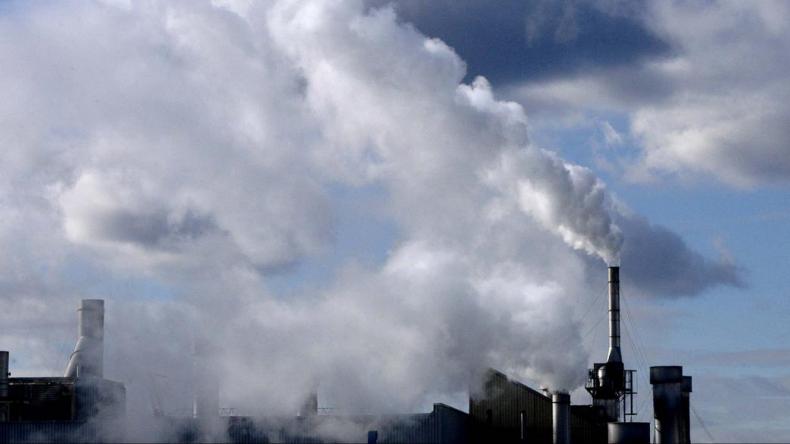
Canada's federal government just released a new plan to impose a pan-Canadian price on carbon across all provinces by 2018. "Already 80 percent of Canadians live in a province where there is pollution pricing. We want to continue this trend and cover the final 20 per cent," states Catherine McKenna, federal Minister of the Environment and Climate Change. What does it all mean and what can we expect? Dr. James Tansey explains.
What is carbon pricing and what impact will it have on individuals?
Carbon pricing makes the cost of emitting carbon dioxide and other greenhouse gases higher, which creates a strong incentive for businesses and individuals to reduce their polluting activities. It will impact us through small increases in energy prices. For instance, $50 per ton means about 11 cents extra per litre of gasoline.
Which provinces already have pricing and what does it look like?
British Columbia already has a carbon tax set at $30 per ton. Alberta is introducing pricing at a similar level. Quebec and Ontario are part of a cap and trade system with California, which also creates a carbon price, but one that can vary more.
Why is the current pricing still insufficient in meeting our climate change targets? Why is it important to expand pricing to all provinces?
It is more important for the price to increase than for the coverage to increase, in my view. A national carbon price is a good foundation, but we need other policies to ensure that buildings and personal transportation emissions decline. These include efficiency regulations and fleet level fuel efficiency standards that are much more aggressive.
Where does the money go? The federal government indicates that revenue from this new tax will remain within the provinces or territories to be used as “they see fit.”
Revenue neutrality is good for the economy because it is a tax shift rather than a new tax. It is unclear how this will work within the proposed federal system.
Is this pricing strategy sufficient to assist Canada in meeting its 2030 and 2050 emission reduction targets? How does it compare to other efforts internationally?
It is one of the highest carbon prices in the world, so it is definitely a start. We have different challenges from most other countries within the Organization for Economic Co-operations and Development (OECD) because we are highly resource dependent. As a result, we also have to look at our export profile.
What is a better pricing mechanism for provinces: carbon tax or cap-and-trade? Are there other feasible alternatives?
Both cap and trade and carbon tax achieve similar outcomes. Our provinces have very different emissions profiles and the federal government does not have constitutional power over how they use resources. As a result of this, they have to be flexible.
Cap and trade and carbon tax are the two best, economy wide approaches, by far.
What other policies, be they economic or regulatory, do you expect Canada will focus on in the context of its Pan-Canadian Framework for Climate Change and Clean Growth?
In my view, there are opportunities for Canada to look at federal government buildings and procurement, as well as the federal lands and clean technology investment.
How will the proposed pan-Canada pricing influence major energy-related infrastructure projects, such as the proposed Petronas Liquified Natural Gas (LNG) project and the Kinder Morgan pipeline, both in BC?
I foresee a bigger and more immediate impact on LNG as they will have to pay the tax at $50 on all gas used to drive their plants. It is not clear yet what impact the new tax might have have on the pipelines or the oil sands and whether the energy use in situ will be covered by all the taxes.
